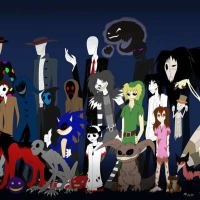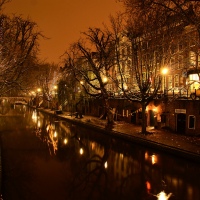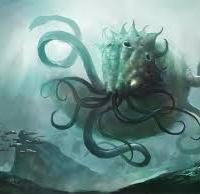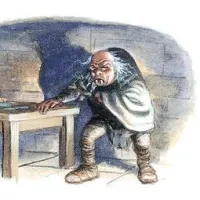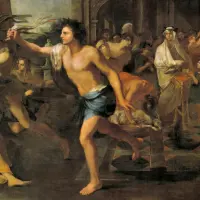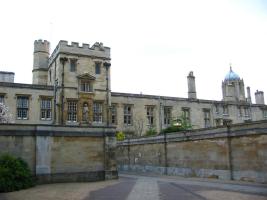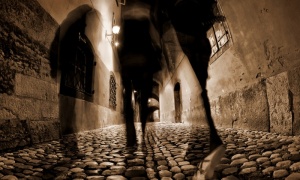I wanted to begin this post by referring to one of my favourite horror films of the last decade or so, The Others. If you’ve seen it you’ll know that it’s a great ‘haunted house’ movie, with plenty of suspense and authentic shudders but an absence of the brainless blood and guts that seems to sum up a lot of modern horror. For me, it’s a particular delight because it’s very reminiscent of a lot of the classic ghost stories of the Victorian era, only on screen rather than on the page. The story is also classic in its simplicity – a troubled woman who lives in a lonely old house with a couple of creepy children welcomes a housekeeper, maid and gardener who soon turn out to be more than they appear. Like all the best haunted house films, there is a claustrophobic feel from the outset, with tension that builds to a level that is almost unbearable before the dénouement (which is probably the only weak part of the film – you’ve never read a ghost story or watched a horror film if you don’t see the ‘twist’ ending coming a mile off!). Continue reading
The Stone Tape
22 SepThe term ‘Stone Tape’ relates to two things: first, the theory that inanimate materials such as buildings can record the resonances of living things and ‘play back’ those memories in the form of ‘ghosts’; and secondly, a little known original screenplay broadcast on BBC television way back in 1972. The Stone Tape theory is interesting enough, if a little mundane in the way that it explains away ghosts as ‘recordings’ rather than spirits, but the TV serial based on it is quite simply one of the most disturbing things that I’ve ever watched (which is perhaps why it has not been shown on TV again – it’s difficult enough to find it on DVD/video).
Galveston: The Eternal Carnival
18 Sep
It feels odd to be saying that a book which, not so long ago, won the World Fantasy Award is little known, but unfortunately that seems to be the case with Sean Stewart’s Galveston (I was amazed to see that Amazon does not even have a review of this book on its UK website!).
Galveston is a real town in Texas, described in the book as a ‘thin ribbon of sand’ not far from the Gulf of Mexico. Due to its position it has always been vulnerable to the elements and in 1900 it was hit by a Katrina-sized hurricane which basically obliterated everything in its path, leaving no structures standing and one-sixth of the population dead. Galveston the book imagines a time in the near future when the town is drowned not by water but by magic, when reason and rationality are washed away to be replaced by gods, ghosts and monsters in a bizarre and deadly Mardi Gras. This cataclysm, called the Flood, basically splits Galveston in two, with one half of the town trying to carry on their lives as normal while the other half is trapped in an endless carnival ruled by the malevolent entity known as Momus, who is part clown and part devil – a sort of psychotic version of the Greek god of mockery from whom he takes his name. Life away from Momus is not much better since the ‘free’ half of Galveston is overrun by dangerous and unpredictable ‘Krewes’ (basically gangs, but run by criminals who love dressing up in carnival gear). Eventually someone decides to take on both Momus and the Krewes and that’s when the fun really begins! Continue reading





